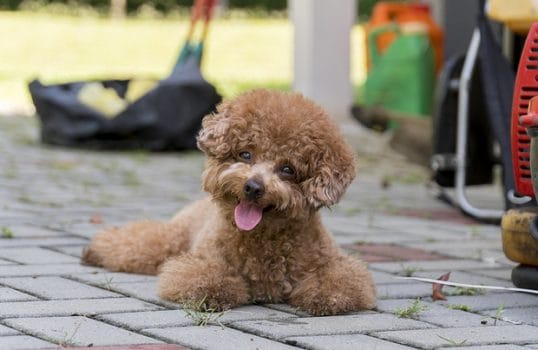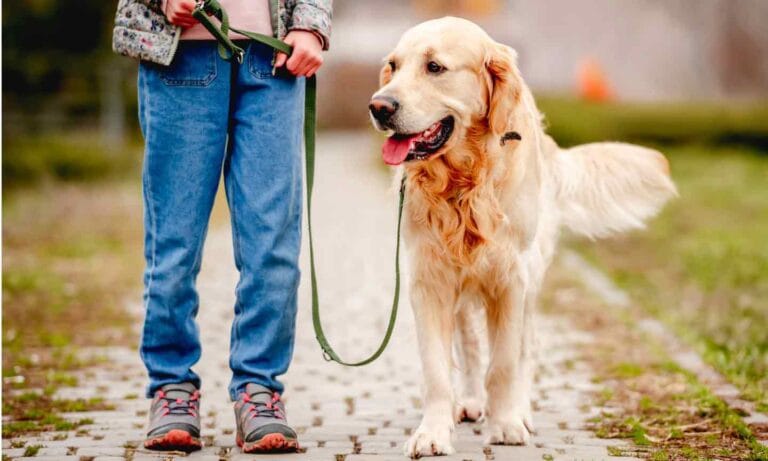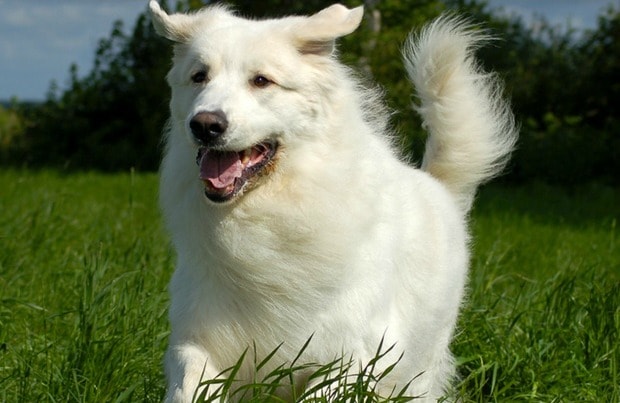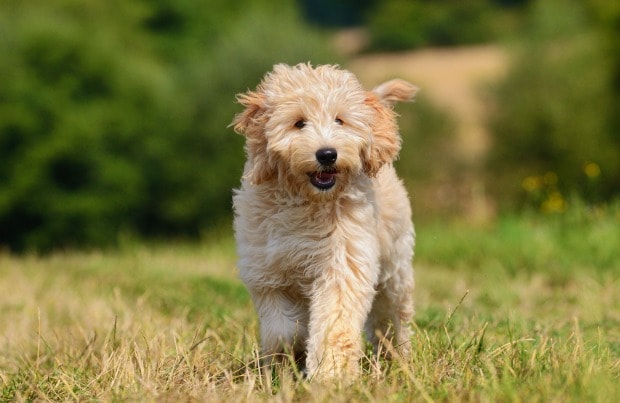About the Toy Poodle Dog Breed
The Toy Poodle originated in 18th century as a diminutive version of the Standard Poodle. It was bred primarily for companionship, but was also used as a mushroom hunter and performer.
Toy Poodle Physical Characteristics
The Toy Poodle is a small dog with a refined build. Its head is triangular with a long muzzle and wide ears that drop.
Color(s)
The Toy Poodle is most commonly seen in white, apricot, black, blue, cream, silver or gray.
Coat
Like the Standard Poodle, the coat of a Toy Poodle is curly and dense. It is also generally clipped and groomed regularly; otherwise the will twist on itself causing cords.
Toy Poodle Personality and Temperament
Activity Level
Moderate
Positives
The Toy Poodle loves to impress its human family and gets along well with children and other dogs. It is intelligent and enjoys learning new tricks and resting on the lap of its owner.
Things to Consider
The Toy Poodle can be a bit skittish, especially around small children or other dogs. In fact, it is sometimes known to be a “fear biter”, snapping at kids and strangers that try to pick it up or pet it.
Toy Poodle Care
Ideal Living Conditions
The Toy Poodle fares well in the city or country.
Special Requirements
The Toy Poodle requires regular grooming. Socialization with children at a young age is also recommended.
Toy Poodle Health
The following conditions are commonly seen in Toy Poodles:
- Atopy
- Ear infections
- Patellar luxation
- Cushing’s syndrome
- Eye Infections
Toy Poodle History and Background
The early ancestors of the Toy Poodle were likely to be the Central Asian curly-coated dogs, even though this breed is associated with France. These ancestors helped in herding and followed their masters to various routes taking them to different parts of Europe. Many rough-coated water dogs are also said to be the ancestors of the Poodle. Poodle is derived from pudel, a German word meaning “to splash,” or puddle, indicating the breed’s water abilities. It was also known as chien canard in France, reflecting its duck-hunting abilities.
The Poodle served as a guard dog, military dog, wagon puller, guide dog, and a circus performer. For swimming, its coat was sheared but was left a little long on the chest to keep it warm. The Poodle became a stylish companion for trendy ladies. The French aristocracy also favored it and finally it became France’s national dog. The dog’s characteristic clip was highlighted and smaller varieties were successfully made.
In the late 19th century, Toy Poodles became show dogs. Some of these early show dogs had corded coats, meaning the coat was allowed to entangle in thin and long tresses. This trend became unpopular as it was difficult to maintain and the bouffant styles took its place. Even though the popularity of the Toy Poodles in the United States diminished in the late 1920s, it has since made a successful comeback and is once again quite popular.
Toy Poodle Fun Fact(s)
The famous Poodle cut that is seen today has not changed much since the 18th century. This haircut actually holds a purpose; it was thought that it made the Poodle more buoyant when it was retrieving in water.
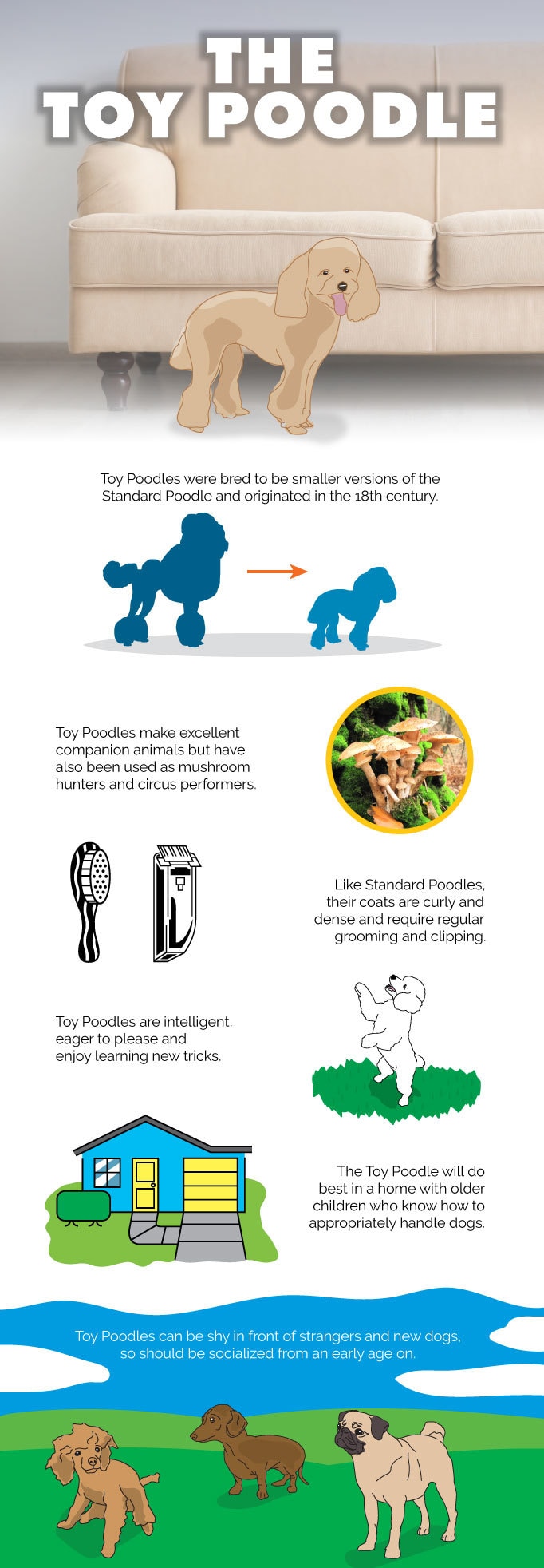
By: Chewy Editorial
Share:
